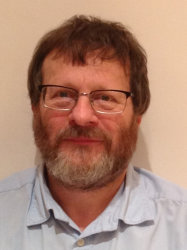BibTex format
@article{Yao:2018:10.1002/2017JB015207,
author = {Yao, G and da, Silva NV and Warner, M and Kalinicheva, T},
doi = {10.1002/2017JB015207},
journal = {Journal of Geophysical Research: Solid Earth},
pages = {1486--1501},
title = {Separation of Migration and Tomography Modes of Full-Waveform Inversion in the Plane Wave Domain},
url = {http://dx.doi.org/10.1002/2017JB015207},
volume = {123},
year = {2018}
}

